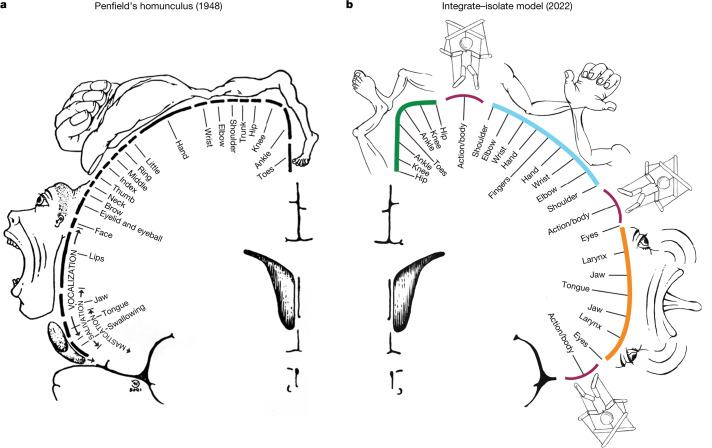Fig. 4. The interrupted homunculus, an integrate–isolate model of action and motor control.
a, Penfield’s classical homunculus (adapted from ref. 2), depicting a continuous map of the body in primary motor cortex. b, In the integrate–isolate model of M1 organization, effector-specific—foot (green), hand (cyan) and mouth (orange)—functional zones are represented by concentric rings with proximal body parts surrounding the relatively more isolatable distal ones (toes, fingers and tongue). Inter-effector regions (maroon) sit at the intersecting points of these fields, forming part of a somato-cognitive action network for integrative, allostatic whole-body control. As with Penfield’s original drawing, this diagram is intended to illustrate organizational principles, and must not be over-interpreted as a precise map.

